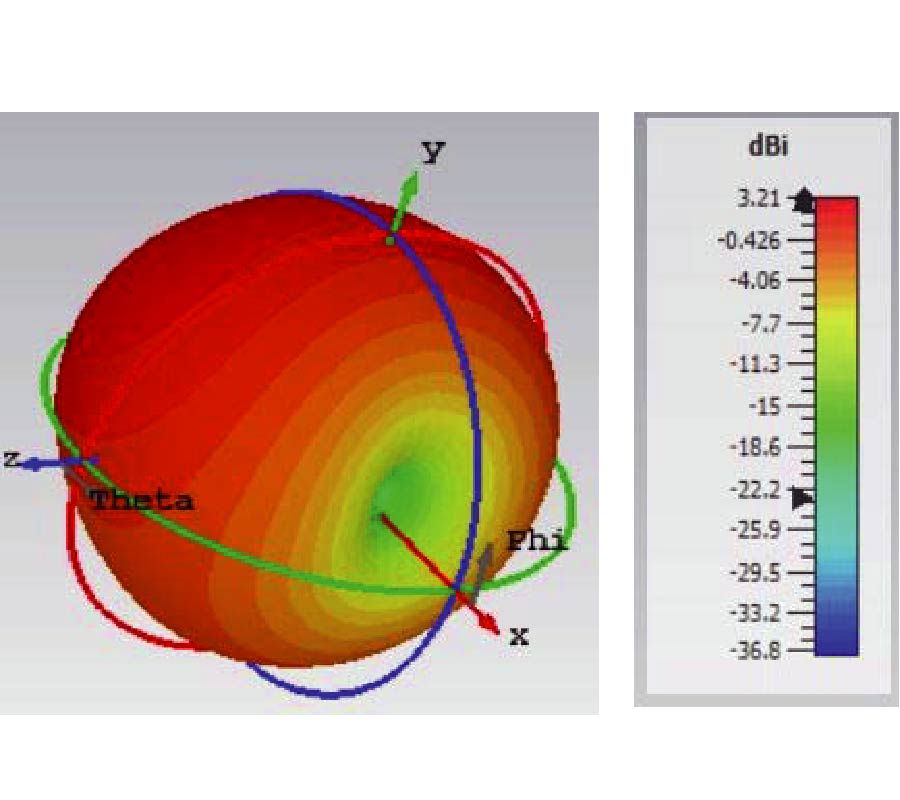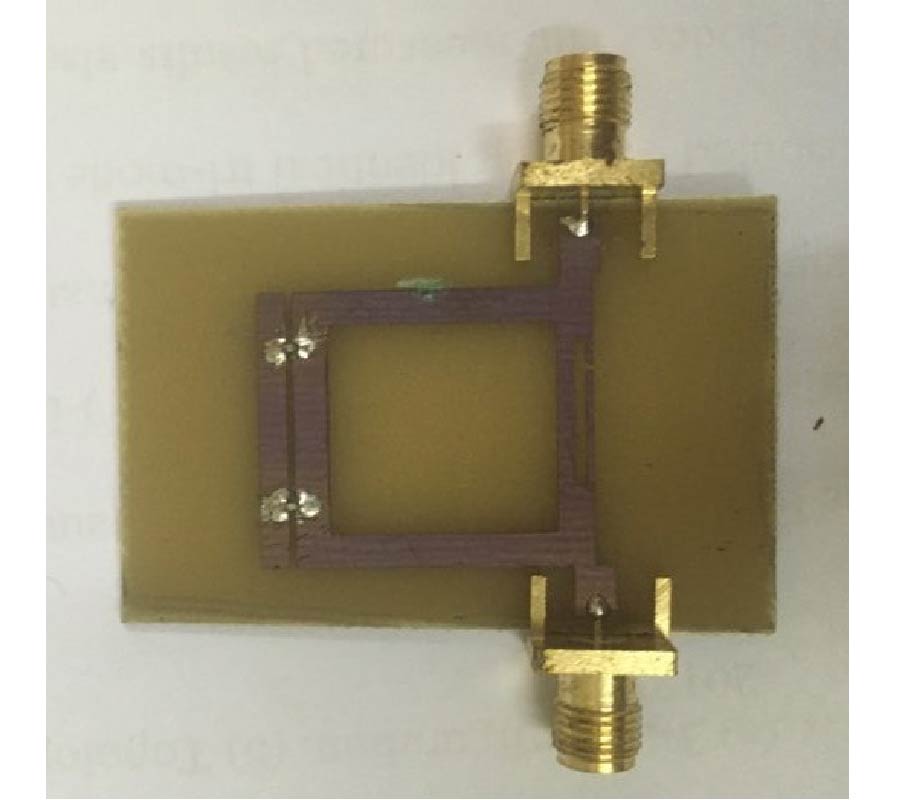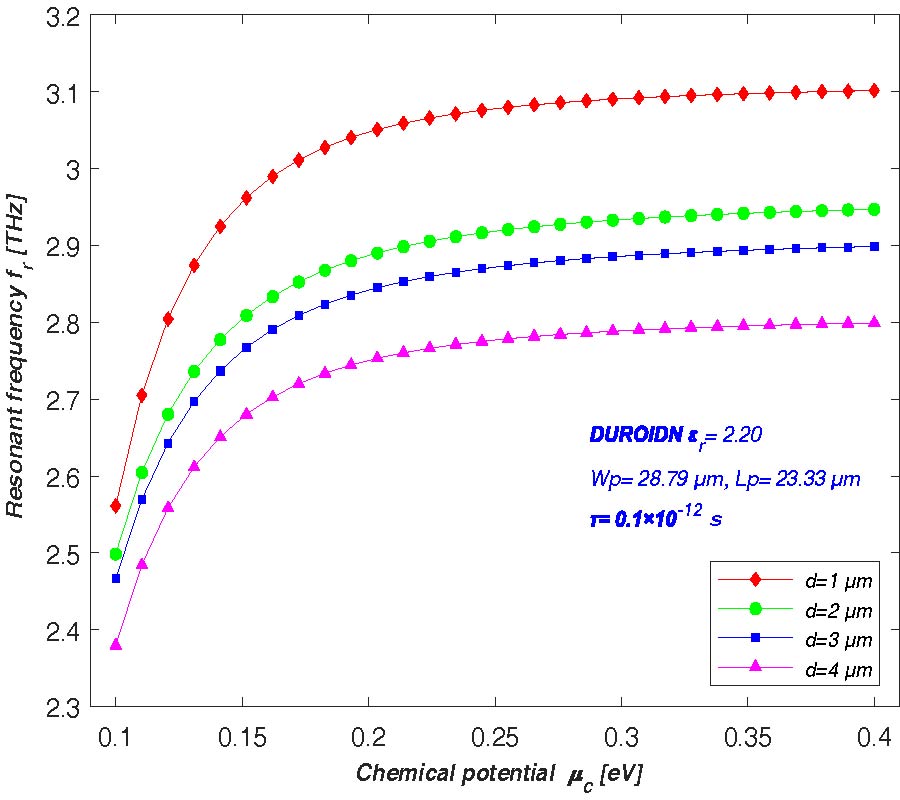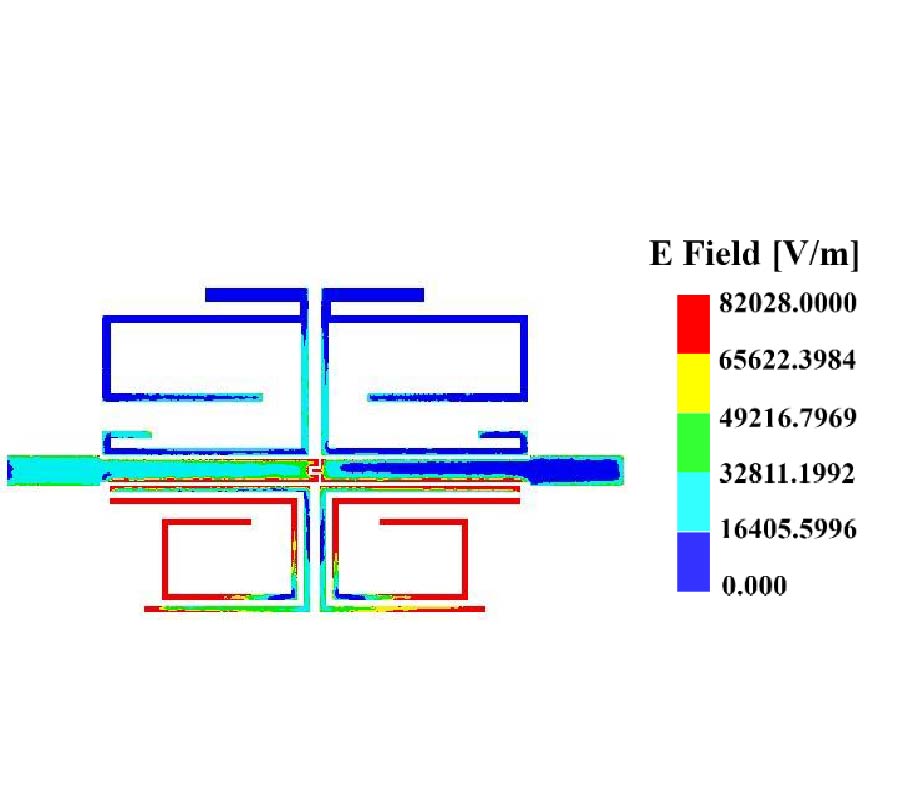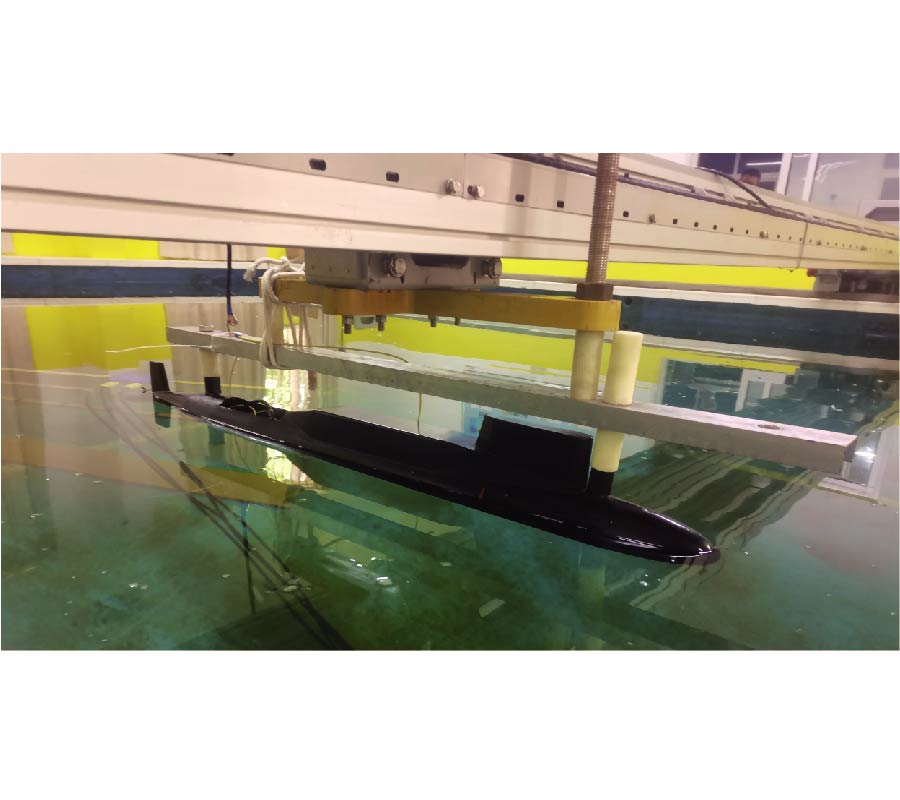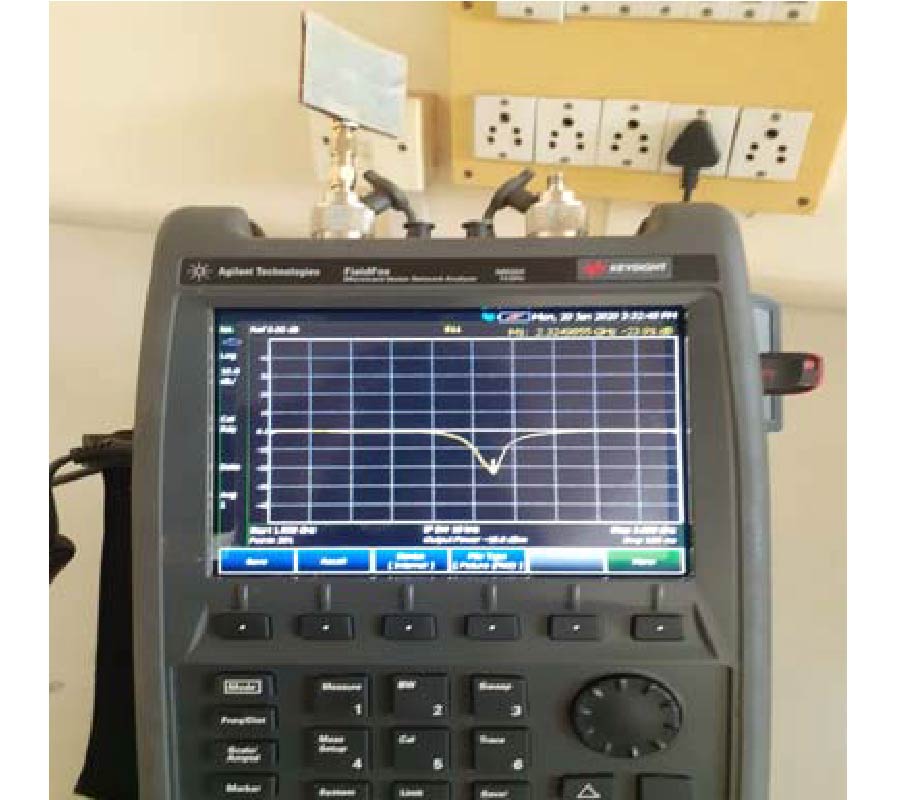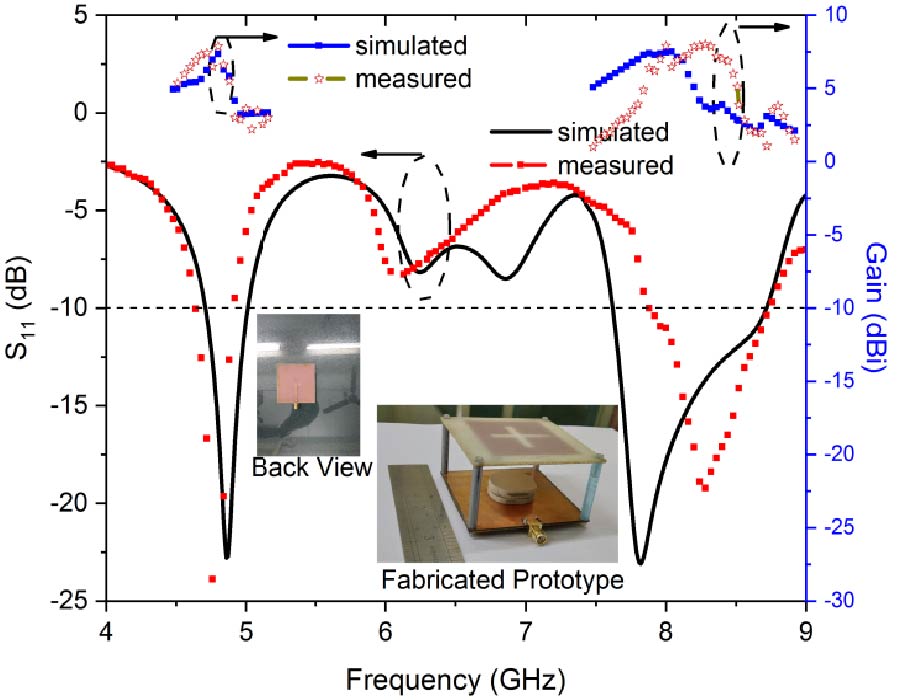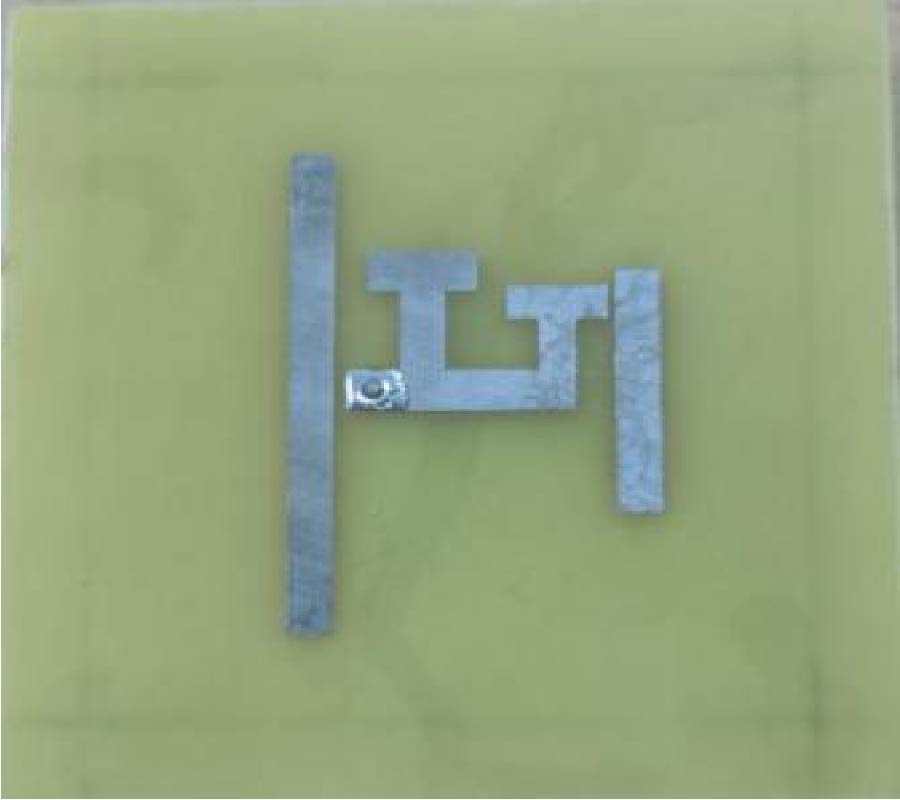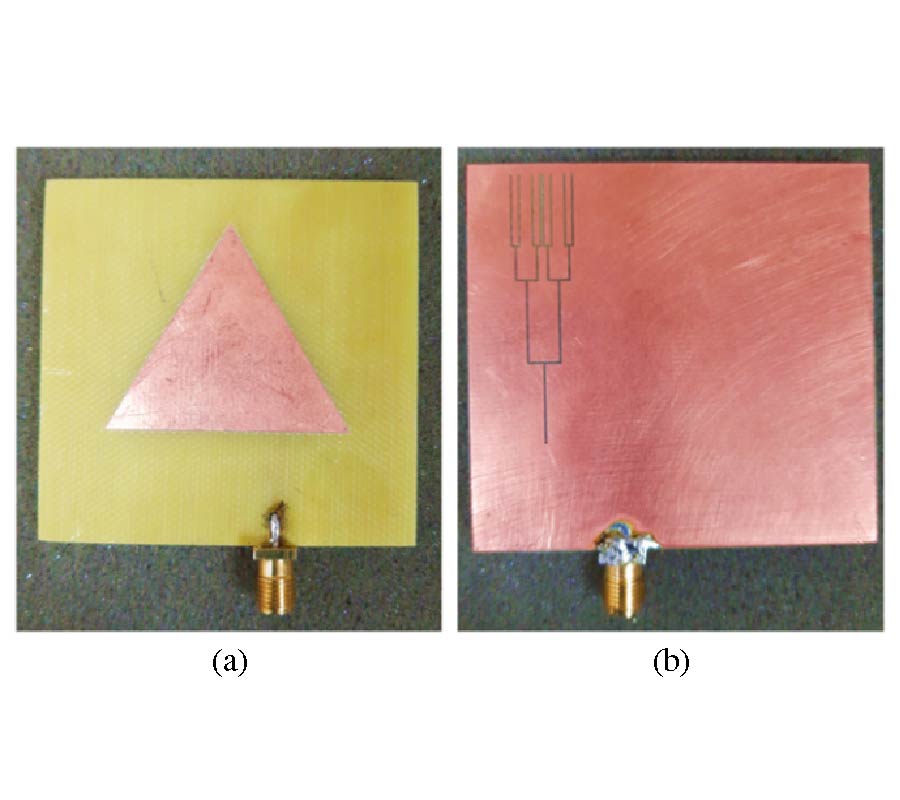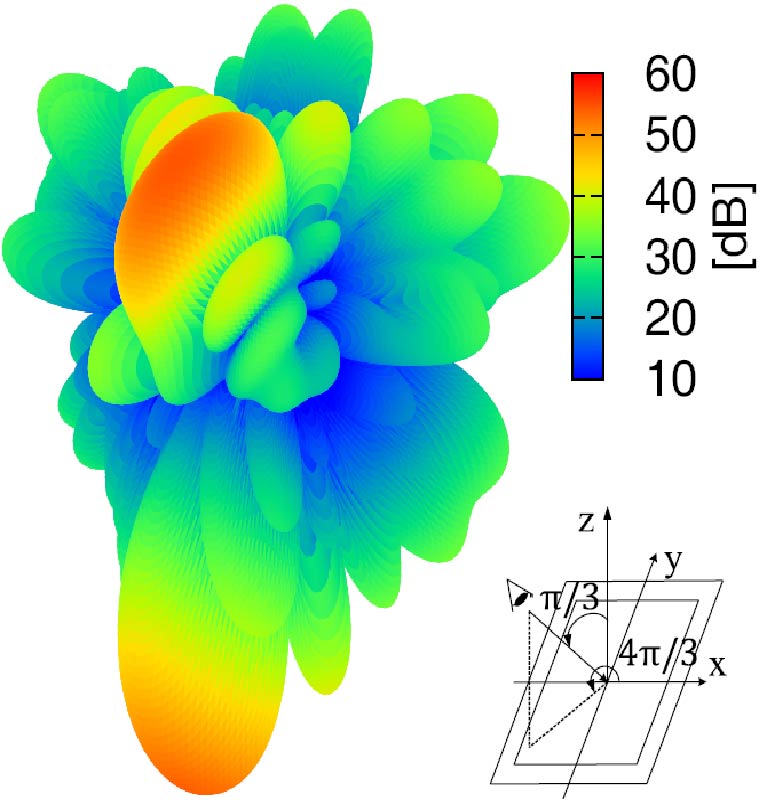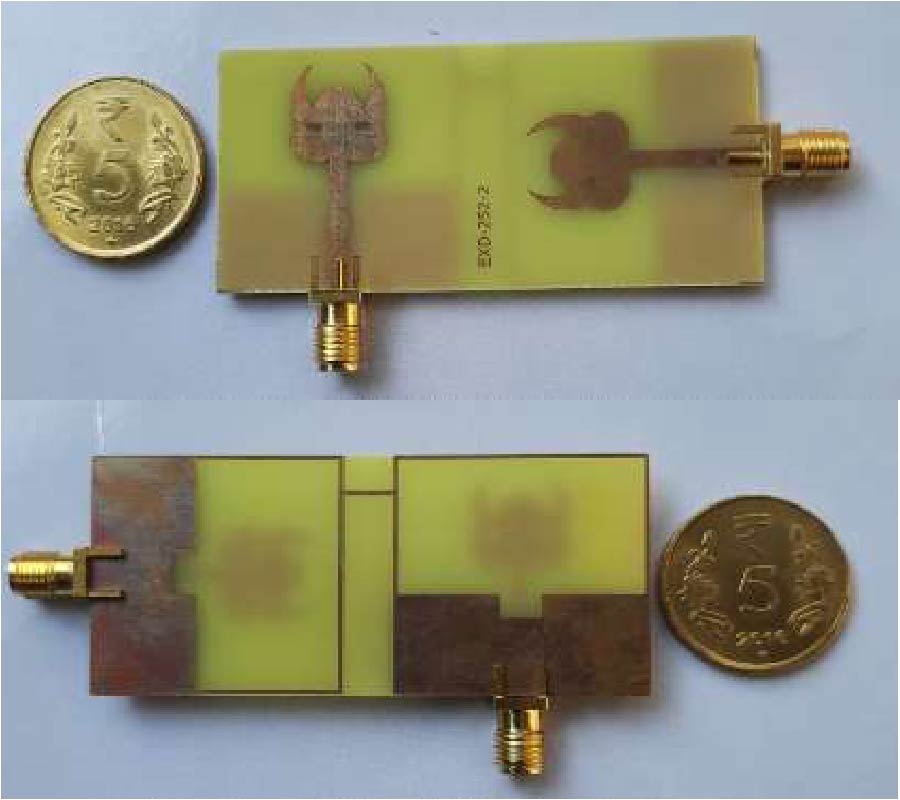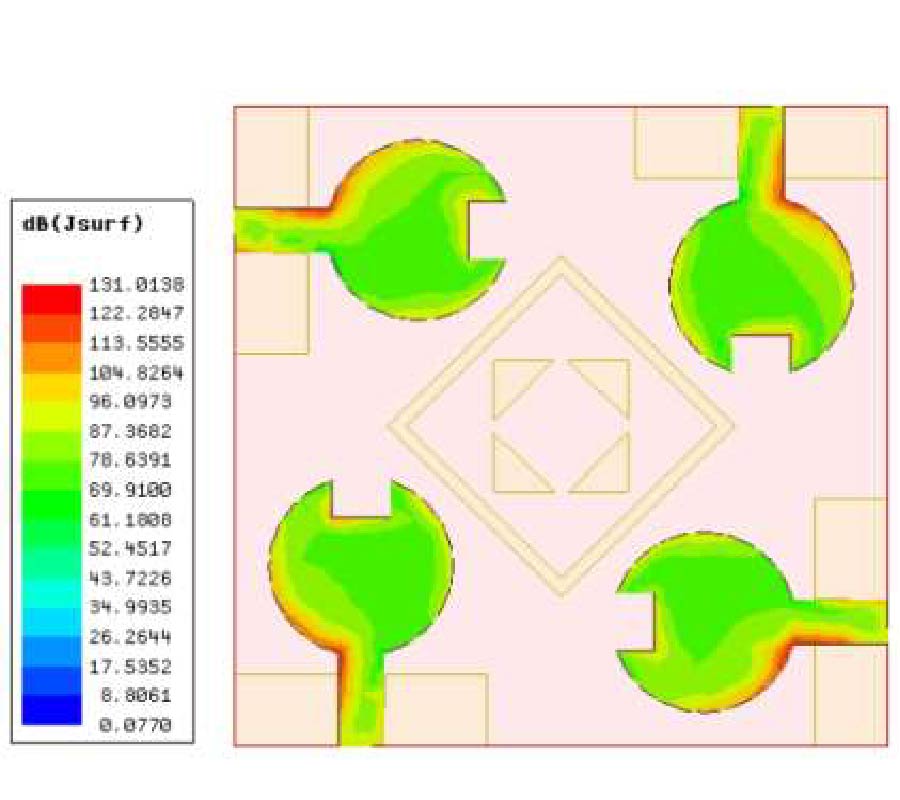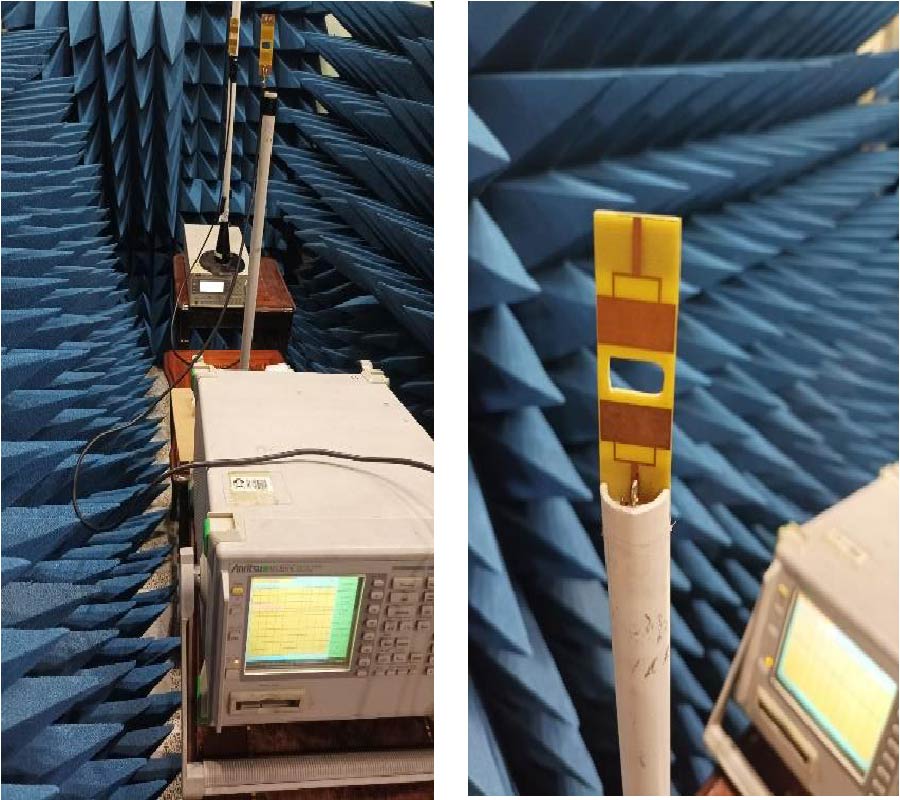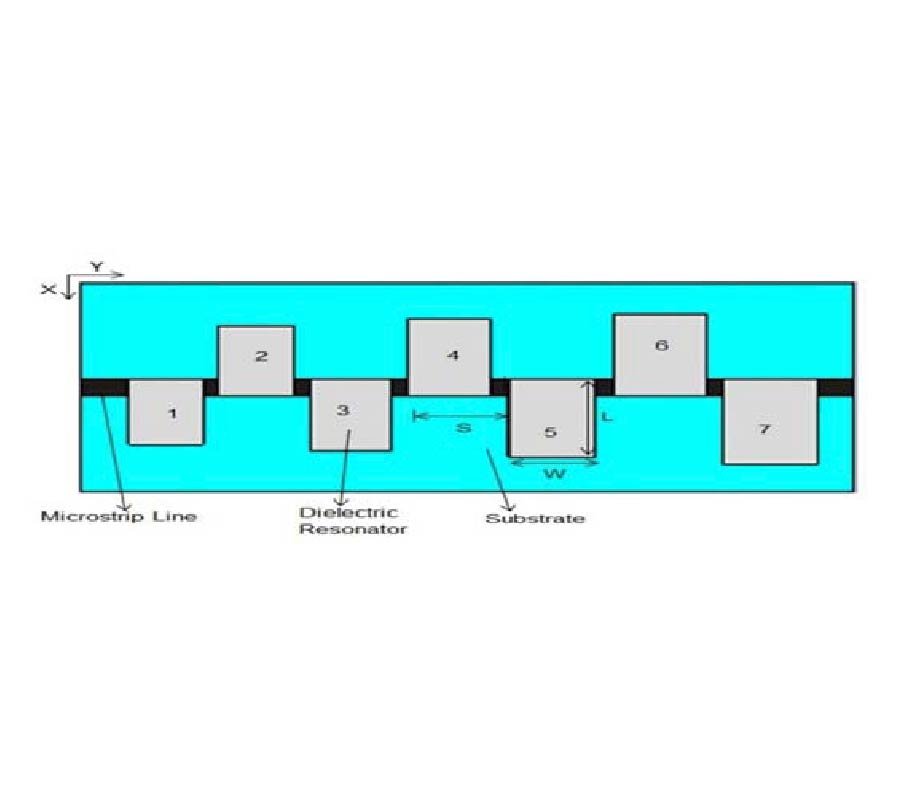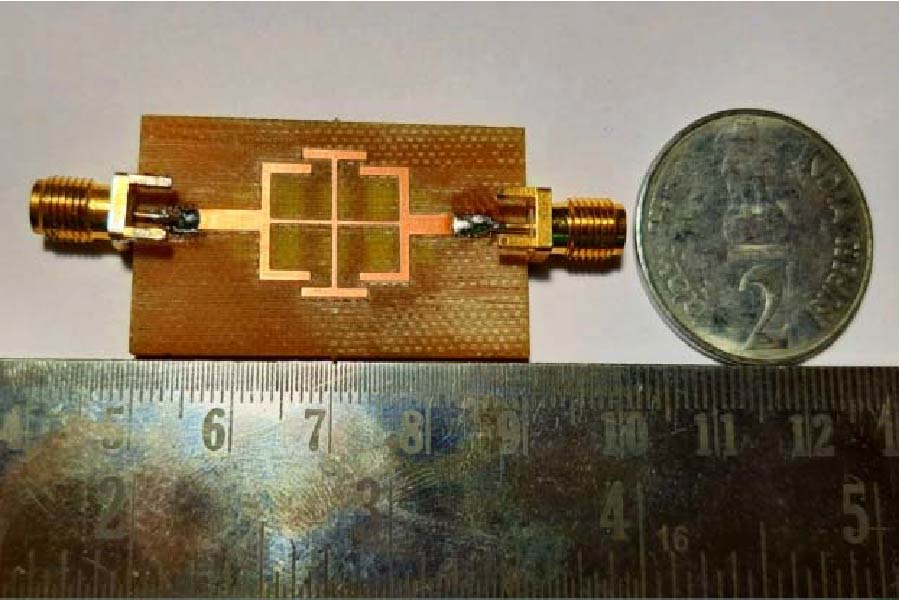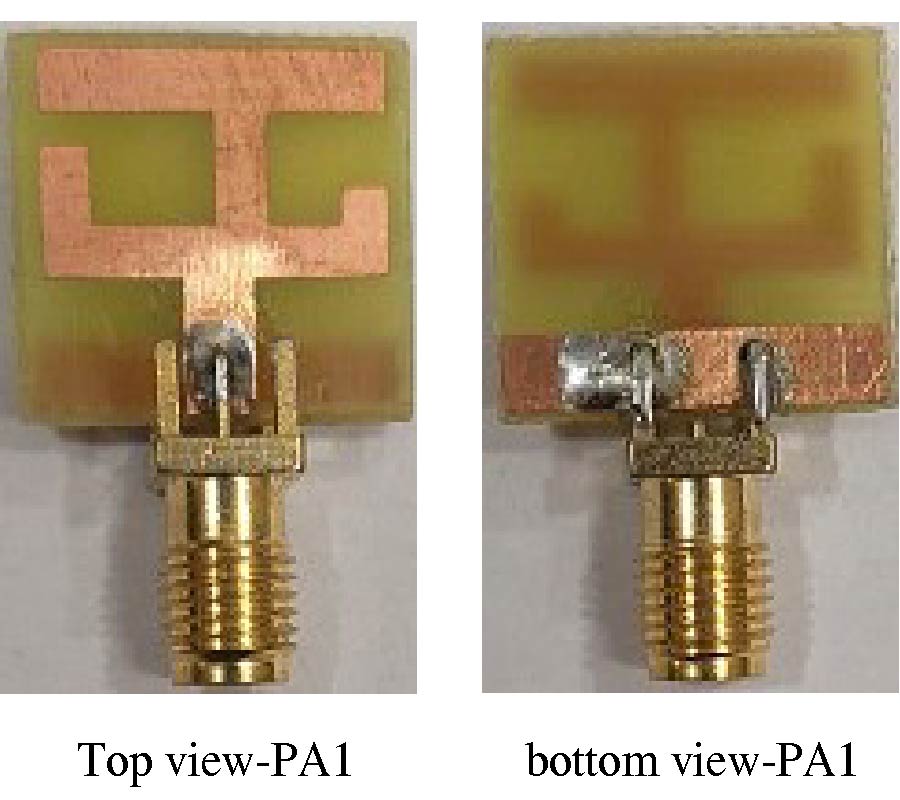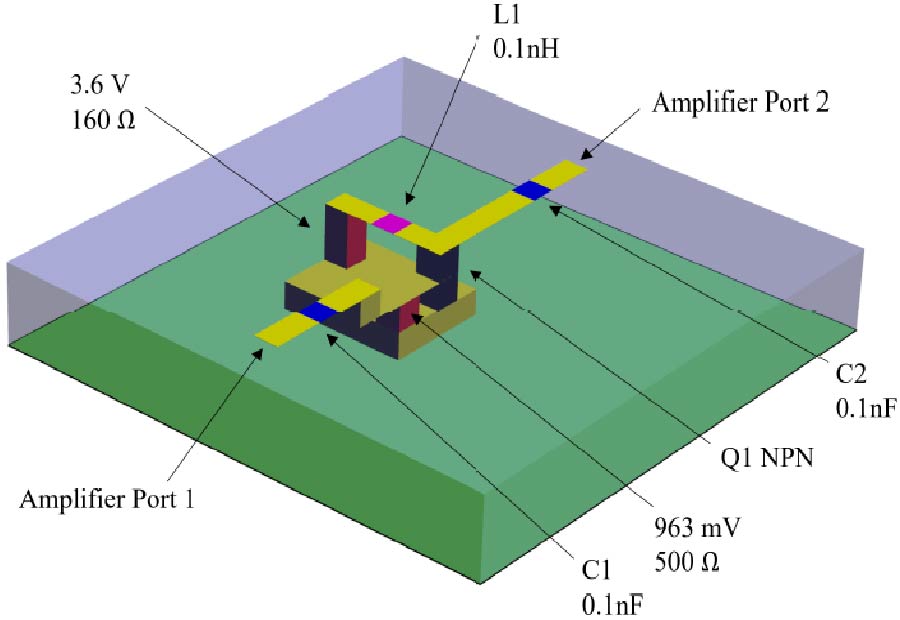Design of High-Selectivity Compact Quad-Band BPF Using Multi-Coupled Line and Short Stub-SIR Resonators
Halah I. Khani
,
Ahmed S. Ezzulddin
and
Hussam Al-Saedi
This study presents a quad-band bandpass filter with high selectivity, compact size, and highly independent bands using a folded C-shape resonator, short stub-SIR resonator, and two folded L-shape resonators. The suggested structure consists of two separate filters. The upper filter is made up of a short stub-SIR resonator loaded on a C-shape resonator resonating at 2.59 GHz and 3.5 GHz, respectively. The lower filter is made up of two folded L-shape resonators resonating at 4.89 GHz and 6.15 GHz, respectively. The frequencies at which the filter resonates are designed and arranged with high independence. The proposed filter achieves insertion loss of -2.7 dB, -0.7 dB, 2.3 dB, and -0.4 dB, and return loss of -13.32 dB, -11.03 dB, -9.17 dB, and -17.89 dB, respectively. In addition, eight transmission zeros appeared. The proposed design has a compact size of 0.19λg×0.15λg and is built on an RO4350B substrate with a dielectric constant of 3.66, loss tangent of 0.0037, and thickness of 0.508 mm. Finally, the suggested filter is intended to be used in 5G mobile communications and international mobile telecommunications services.
